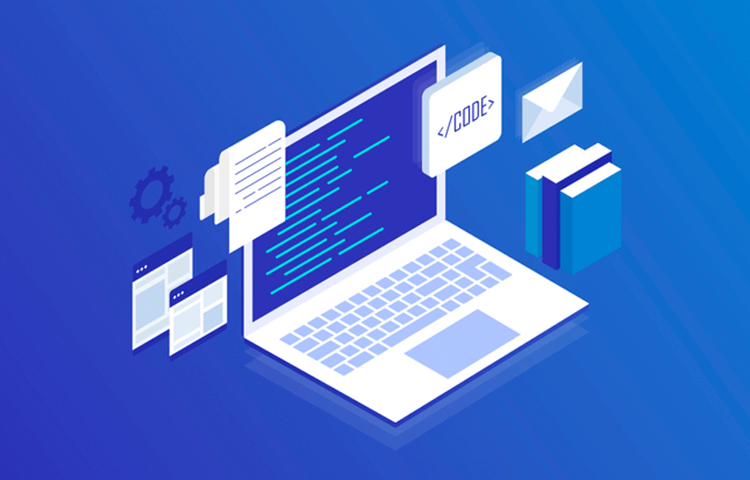The world of software development is constantly evolving, and as we step into 2024, the choice of programming languages is more critical than ever. With new languages emerging and existing ones evolving, developers must stay updated to keep their skills relevant and their projects competitive. This article dives into the best development languages in 2024, providing insights into their strengths, use cases, and why they matter today.
The Rising Stars of 2024
As the tech industry progresses, several new languages have gained traction. These languages offer innovative features and improvements that address the limitations of older languages. They are not just buzzwords but are being adopted for significant projects across various sectors. Understanding these rising stars can help developers choose the right tools for their next big project.
Python: The Evergreen Favorite
Python continues to dominate the programming landscape. Its simplicity and versatility make it a top choice for beginners and experts alike. In 2024, Python’s extensive libraries and frameworks are more robust, supporting fields from data science to web development. Whether you’re building AI models, scraping data, or developing web applications, Python remains an indispensable tool.
JavaScript: The Backbone of Web Development
JavaScript holds its position as a critical language for web development. It’s the backbone of both front-end and back-end development, thanks to its versatility and the power of its frameworks like React, Angular, and Vue.js. For developers focusing on web applications, mastering JavaScript is non-negotiable.
TypeScript: JavaScript Evolved
TypeScript, a superset of JavaScript, offers enhanced features that improve code quality and developer productivity. Its static typing and robust toolset make it ideal for large-scale applications. As more companies adopt TypeScript for its scalability and maintainability, it’s becoming a must-learn language for web developers.
Kotlin: The Preferred Language for Android
Kotlin has rapidly become the preferred language for Android development, thanks to its concise syntax and modern features. Endorsed by Google, Kotlin outshines Java in many areas, making Android app development more efficient and enjoyable. Developers switching to Kotlin report higher satisfaction and productivity.
Swift: The Future of iOS Development
Apple’s Swift continues to evolve, offering improved performance and safety for iOS development. It has effectively replaced Objective-C, providing a more intuitive and powerful programming experience. Swift is essential for anyone looking to build robust and efficient applications for the Apple ecosystem.
Go: The Powerhouse for System Programming
Go, designed by Google, excels in system programming with its simplicity and powerful concurrency support. Its ability to handle large-scale applications with ease has made it a favorite in the industry. From cloud services to data pipelines, Go’s efficiency and performance are unmatched.
Rust: Safety and Performance
Rust focuses on memory safety and performance, making it ideal for system-level programming and game development. Its unique features prevent common programming errors, leading to more reliable and secure software. Developers praise Rust for its ability to produce high-performance applications without compromising safety.
PHP: The Resilient Server-Side Language
Despite the rise of new languages, PHP remains a resilient choice for server-side development. The latest updates in PHP 8 bring significant improvements, ensuring it stays relevant. Many popular content management systems and platforms are built on PHP, highlighting its enduring utility.
Ruby: Elegant and Productive
Ruby, known for its elegant syntax and focus on productivity, continues to be a popular choice. Ruby on Rails, its flagship framework, has shaped the web development landscape. Developers appreciate Ruby for its ease of use and the speed at which they can build applications.
C#: Microsoft’s Power Language
C# is a powerhouse in developing enterprise applications, thanks to its deep integration with the .NET ecosystem. It’s versatile, powerful, and supported by a vast community. C# remains a crucial language for developers working on Microsoft technologies and large-scale enterprise solutions.
Comparative Analysis of Development Languages
Choosing the right development language depends on various factors, including syntax, performance, and community support. Each language has its strengths and is suited for different types of projects. Understanding these nuances can help developers make informed decisions about the tools they use.
Trends Shaping Development Languages in 2024
Several trends are shaping the development landscape in 2024. Integration of AI and machine learning capabilities into development tools is becoming standard. Cross-platform development is gaining momentum, with tools that allow developers to write code once and deploy it everywhere. The rise of low-code and no-code platforms is also democratizing software development, making it accessible to a broader audience.
Choosing the Right Language for Your Project
Selecting the right language for your project involves considering several factors: the project requirements, the team’s expertise, and the scalability needs. Expert opinions and developer testimonials can provide valuable insights into making the right choice. Whether you’re a startup or an established enterprise, choosing the right tool can make a significant difference in your project’s success.
Conclusion
In 2024, the landscape of development languages is rich and diverse. From the evergreen favorites like Python and JavaScript to the rising stars like Rust and Kotlin, each language offers unique advantages. Understanding these languages and their use cases will help developers stay ahead in this rapidly evolving field. As technology continues to advance, staying informed about the best development languages is more important than ever.
